Self Care Steps:
| This blog is for those of you who have hip pain, groin pain, hip impingement, sciatica, SI joint pain, or low back pain. And if you don't have any of these, then you are lucky and prevention is the best medicine! Hip mobility is paramount for a healthy body and spine. During an evaluation I like to observe a static standing assessment, a functional movement assessment, and then perform a passive mobility assessment. People with back/hip/groin pain often have a postural position of "butt gripping" (read a great article about it here Diane Lee). In this position, the pelvis is thrust forward and the deep hip rotators are contracted. When these muscles are overactive, they push the head of the femur into the front part (anterior) of the hip capsule which can interfere with hip motion: hip flexion (bringing the knee toward the chest) and internal rotation (turning the thigh inward). |
Standing in alignment and learning how to let go of the grip in the rotator muscles is essential for healing, as well as reprograming the normal glide of the head of the femur. In normal motion, as the knee moves toward the chest, the head of the femur should glide back and down. Due to the tightness of the rotators, the back (posterior) hip capsule can be restricted. Restoring the tissues and the hip motion can be achieved through simple self mobilizations.

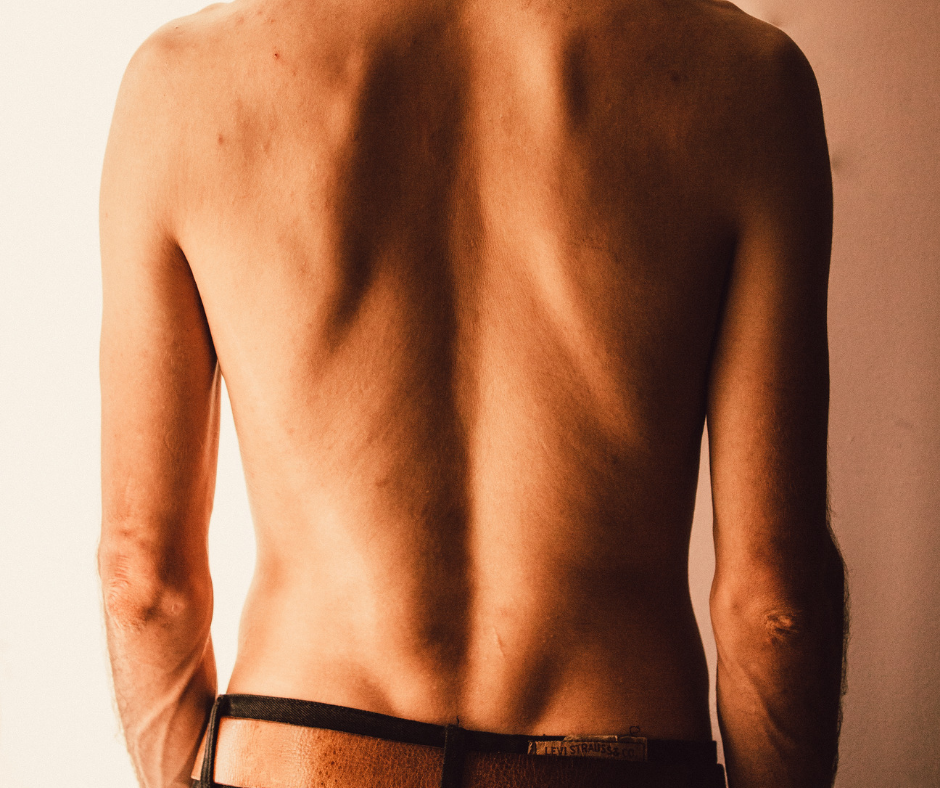

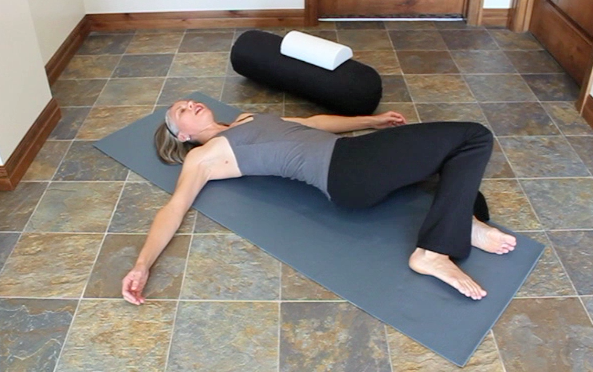






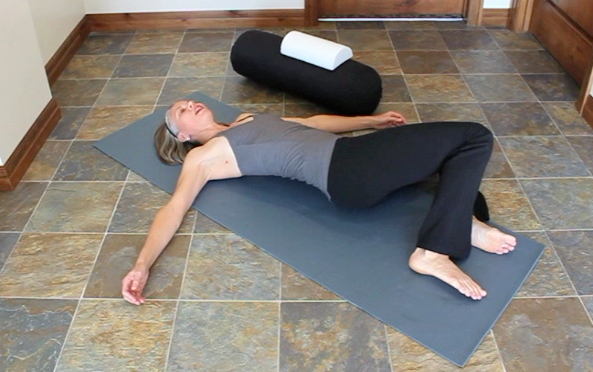
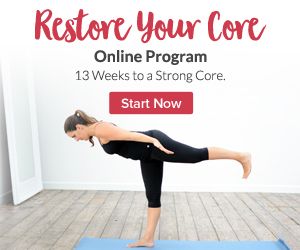
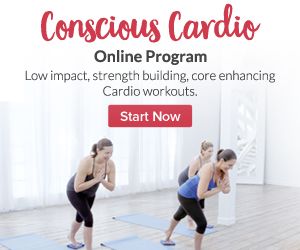
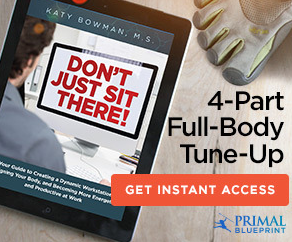
 RSS Feed
RSS Feed